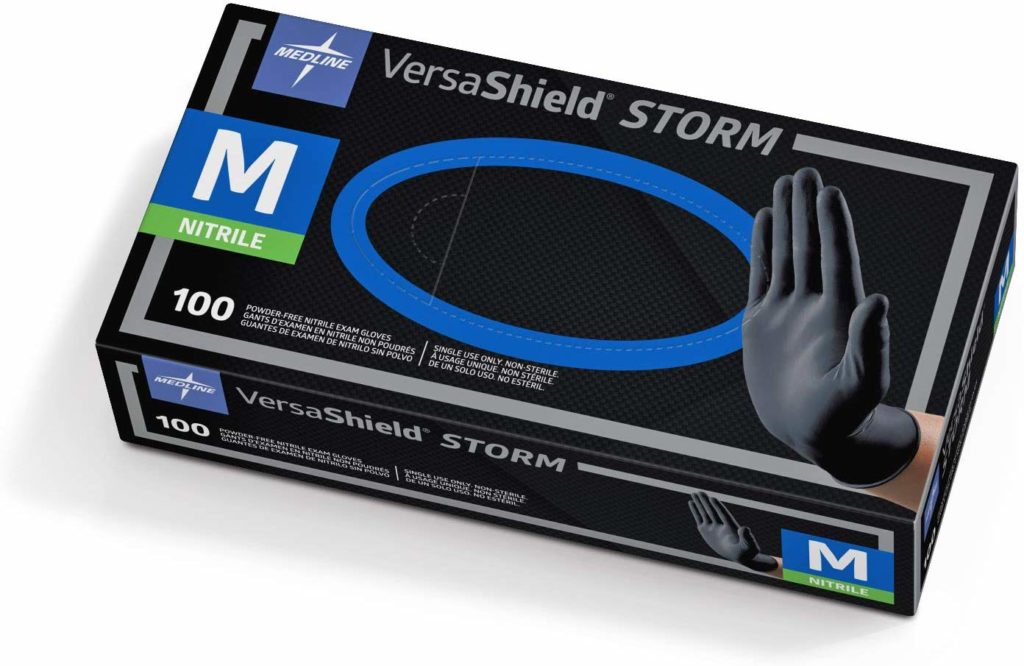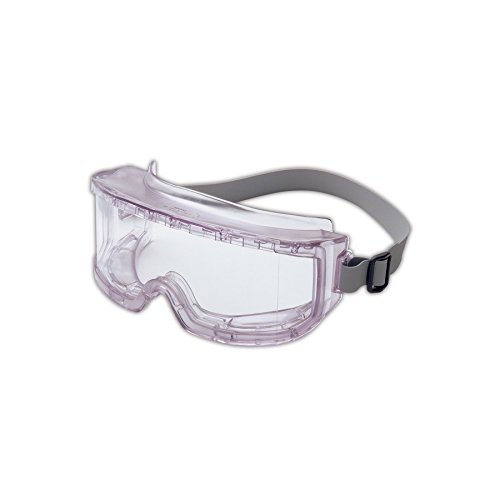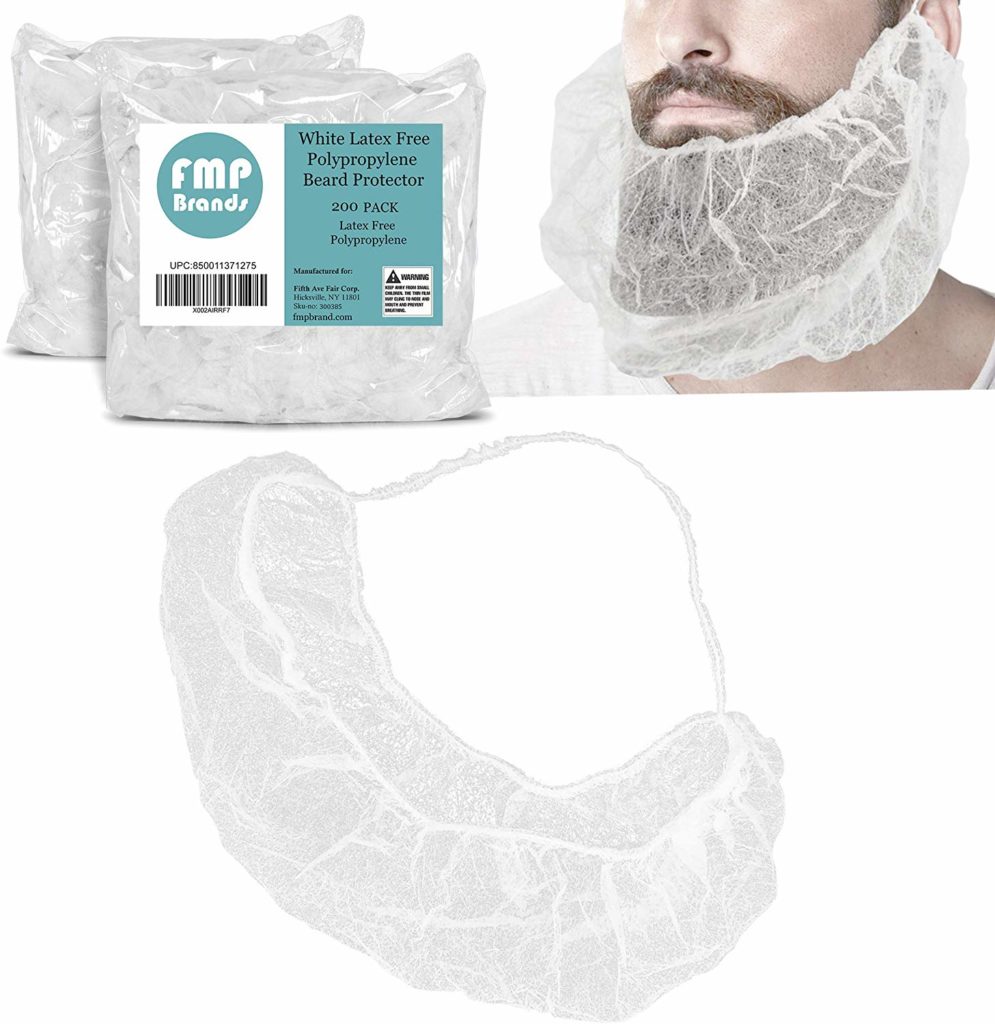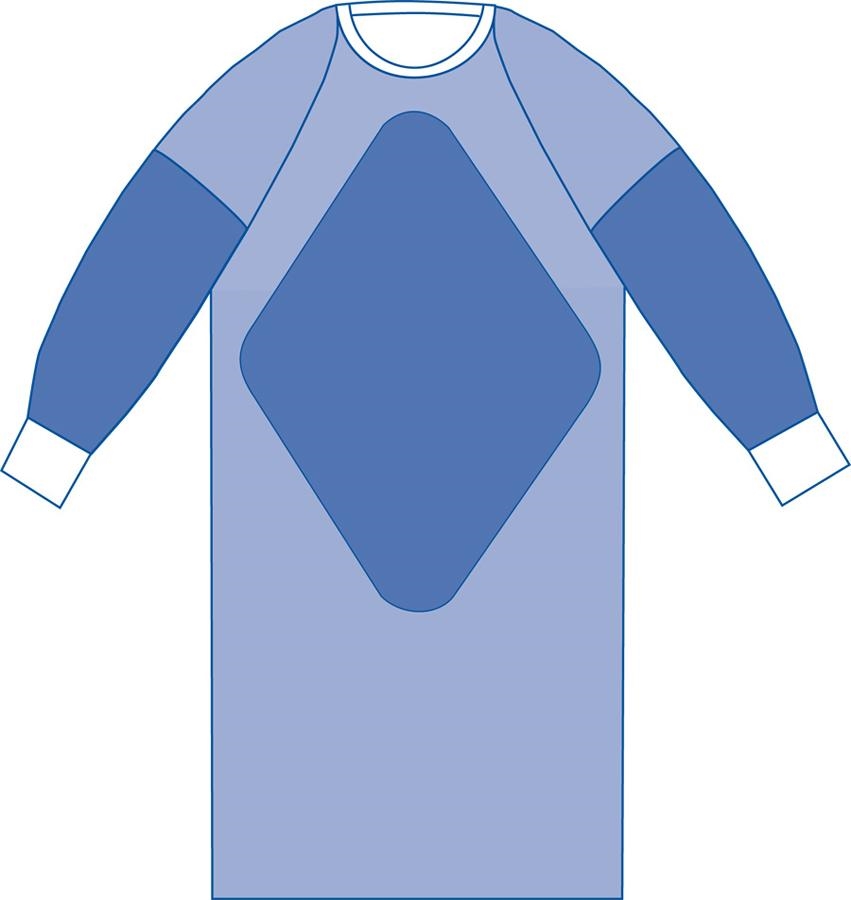Disclaimer. These are my own personal recommendations based on my knowledge, research, and personal experience. Interpret this information at your own risk. Recommendations and comments are also based on the accessibility of products for a pro-sumer consumer–something a knowledgeable person could buy (i.e. not just healthcare workers/government/military/etc.).
PPE’s stand for Personal Protective Equipment. PPE’s are whatever best protects you for the task you are doing at home or the job you are at. In terms of healthcare, PPE’s protect you and the clients/patients you serve. The number one most important thing is that “you go home safe”. You’re no good to anyone if you’re compromised.
This post focuses on PPE’s that may be helpful not only to healthcare students but the general public in response to the early SARS-COV-2 pandemic (COVID-19) at the current date of Feb 21, 2020. This article is not going to cover PPE’s regarding nuclear, chemical terrorism, bioterrorism, or any other kind of disastrous incident human-made or otherwise.
Gloves

Disposable gloves are a staple. Get nonsterile nitrile powderless gloves. Gloves are rated by the thickness in millimeters (mils or mm). I like to get some in 3-4 mil and also have some 6-7 mil (textured) gloves around. Get some in black color because you can wear those in public (which I plan to do if the COVID-19 situation gets worse in USA). Some vinyl Grease Monkey gloves (I found them in Home Depot) are great to have as well. I like them looser for different tasks (like crafting and painting).
Picture A from https://www.amazon.com/gp/product/B002EZQW7O/ref=ppx_yo_dt_b_asin_title_o00_s00?ie=UTF8&psc=1
Sleeve Guards aka Oversleeves aka Protectors

Sleeve guards are made of plastic or spunbond material. Plastic sleeve guards are rated by the thickness of the plastic in millimeters (mils or mm). Spunbond material may have a rating like AAMI (see gown section for explanation) or a company-specific rating (the company has their own rating system).
Picture B from https://www.amazon.com/dp/B00OU5L9ME/?coliid=I1HKV9VPLOUCLW&colid=3CYQKOF7GS4PE&psc=1&ref_=lv_ov_lig_dp_it
Eyewear

People don’t normally think of the eye as a potential route of infection. Think about it…it’s an open mucosal surface that can be compromised, penetrated, and infected.
Eye protection can get pretty detailed. We are not going to cover impact-resistant eyewear or any type of tactical or night-vision eyewear/eye protection.
In chemistry class, eyeglasses style protection won’t do you a lick of good in situations involving splashes/spills/aerosol sprays. Glasses do not form a seal around your eyeballs. So in the case of infection control, you’ll more likely need goggles style eyewear or eye/face shield that is incorporated with a hood (e.g. head-to-toe hazmat suits).
Goggles should be indirectly vented (venting system prevents outside particles from entering the interior of the goggle). Goggles should have a minimum rating of ANSI Z94.1/Z87.1+ Goggles should form a snug seal around your face. UVEX is my favorite brand. I’ve been using their eyewear for years including for skiing.
One additional note as I’ve received many compliments on my 3M Ratchet Headgear H8A, 82783-00000, with 3M Clear Polycarbonate Faceshield WP96. I’ve used these in wood shop and metal shop classes. I’ve also used these in gross anatomy and human dissection. They are awesome and worth the money. The ratchet system makes adjusting the headwear a breeze. These fit over a respirator (bayonet/cartridge style). I’ve used these for years and can highly recommend them for gross anatomy lab. Although they are an open-system (unsealed), they helped me survive formaldehyde fumes.
Picture C from https://www.amazon.com/gp/product/B002A5DM3U/ref=ppx_yo_dt_b_search_asin_title?ie=UTF8&psc=1
Headwear/Hoods

Researching for airborne pathogen protection, I’ve come across 3 rating systems and types of hoods. These hoods have an open face. If using a standardized AAMI (see gown section for explanation) rating, level 4 is the best (typically somewhat expensive). Assess your risk level. You may get away with AAMI level 3.
A popular spunbond nonwoven material is Dupont Tyvek (high density polyethylene fibers) which has a variety of uses including painting, autobody, and industrial chemical purposes. The highest rating I could find appropriate for infection control and biosafety was Dupont Tyvek 400 (also used for coveralls, booties, etc.).
Kimberly-Clark (KC) is a huge manufacturer of PPEs. KC’s Kleenguard A60 is rated for bloodborne and other pathogens. It was the highest level of biosafety protection I could find that was appropriate for COVID-19. KC also makes other disposable clothing like coveralls and suits with the Kleenguard A60 technology.
Picture D from https://www.rshughes.com/p/Kimberly-Clark-Kleenguard-A60-Blue-Universal-Microporous-Film-Chemical-Resistant-Hood-Full-Face-Opening-036000-45343/036000_45343/
Beards & Hair

Hair is like a great trap for microbes. There are beard covers to protect men’s facial hair, but those are seldomly rated (more like a facial shower cap). There are hair covers like surgeon caps or bouffant/scrub hats/caps. The caps also do not usually have a formal barrier rating. Assess your own personal risk. You may be better off clean-shaven.
Picture E from https://www.amazon.com/200-Pack-White-Beard-Mask-Mustache/dp/B07WPF4RBT/ref=sr_1_4?keywords=beard+medical&qid=1582548584&sr=8-4
Booties / Shoe Cover
You may be in a situation where you need disposable booties or shoe covers. If you’re going to use them, then make sure they are impervious–not the cheap ones that look as thin as a fabric softener paper that you throw into the dryer. Think about it…if you’re THAT worried that you need to buy them to use, your booties may very well be standing in a puddle of goodness-knows-what-kind-of-muck (e.g. blood, urine, vomitus, feces, etc.). A thin little thing will not hold up. You may as well just do without at that point. So make sure you buy booties/shoe covers that actually do the job. Better yet, get the kind that can come up above the ankles with enough extra for ties. That way you can form a good overlapping barrier between your “pants/coveralls” and the bootie.
I know it is a very “Asian” thing to take off shoes before going into the house. In a pandemic situation, assess your risk and please do take off your shoes before going into the house. This is especially applicable if you’re working in healthcare, labs, etc. I would buy a cheap boot-tray, leave it outside the house along with some disinfectant spray. Before going into the house, remove my shoes and spray them down. If you have a locker at work, that’s even better–keep your work shoes at work.
Gowns
AAMI stands for the Association for the Advancement of Medical Instrumentation standard. AAMI has a rating system for gowns and surgical drapes describing their best use and also as a barrier against not only fluids/liquid spills/splashes but also liquid under pressure, blood, and pathogens. Level 1 is the lowest rating; Level 4 (impervious) is the highest.

Be sure to check the reference section below for detailed descriptions of PPE testing and ratings.
The critical zones are: the front (chest to knees) and sleeves; and wrist cuff to above the elbows.
AAMI Level 1. Lowest level of protection. Basic care. Minimal risk. Resists small amounts of light fluids. Light barrier.
AAMI Level 2. Low risk. Resistant to small amounts of fluid splatter and light soaking. Typical uses: blood draw; suturing.
AAMI Level 3. Moderate/medium risk. Barrier to larger amounts of fluid splatter/spray and soaking. Typical uses: arterial blood draw; IV; ER; trauma center.
AAMI Level 4. HIgh risk. Barrier and impervious to large amounts of fluid splatter/spray and soaking for up to 1 hour. MAY protect against viral penetration for up to 1 hour. Typical uses: surgery; blood borne pathogens; non-airborne infectious disesases.
I have found that AAMI Level 3 and Level 4 gowns would be appropriate for biosafety concerns. Level 4 gowns are very expensive. Level 3 gowns are still appropriate and affordable for buying in bulk, case of 100 gowns.
This is a great PDF presentation by the Minnesota Department of Health.
Picture F from https://www.devinemedical.com/SPT-2803CS-Sterile-Fabric-Reinforced-Aurora-p/spt-2803cs.htm?1=1&CartID=0
Masks
Masks should have the “NIOSH N95” designation. “NIOSH” stands for the National Institute for Occupational Safety and Health. N95 means that the mask is generally able to filter out at least 95% of small particles 0.3 microns in size. The theory is that airborne pathogens will “ride” on larger particles such as aerosolized droplets. N99 means the mask is generally able to filter out at least 99% of particles 0.3 microns in size. N100 means the mas is generally able to filter out at least 99.97% of particles 0.3 microns in size (meant to interpret as “effectively” 100%).
The alpha designation on masks are rated: “N” for not resistant to oil; “R” for somewhat resistant to oil; and “P” for strongly resistant to oil (essentially “proof”).
So, these are the variants (test yourself to see if you know what they mean): N95, N99, N100; R95, R99, R100; P95, P99, P100. See the pattern in the naming? Obviously, the better the mask, the more expensive they get.
With the outbreak of SARS-CoV-2 still going strong, it’s near impossible for the average person (really anyone in any career field) to find and buy medical grade masks. I’m going with the “anything is better than nothing” principle. For myself, I make sure the mask has at least the “NIOSH N95” stamped on it. If it doesn’t, you’re basically holding a paper towel over your mouth and nose.
There are some really excellent resources in the “References” section. Please do check them out.
References
- https://wwwn.cdc.gov/PPEInfo/
- https://www.infectioncontroltoday.com/personal-protective-equipment/understanding-barrier-level-protection-medical-gowns
- https://www.fda.gov/medical-devices/personal-protective-equipment-infection-control/medical-gowns
- http://my.aami.org/aamiresources/previewfiles/PBRB_2018_preview.pdf
- https://es.halyardhealth.com/media/1619/h0866_09_01_aami_bro.pdf
- https://www.health.state.mn.us/facilities/patientsafety/infectioncontrol/ppe/ppewebinar.pdf
- https://wwwn.cdc.gov/PPEInfo/Standards/Info/ANSI/AAMIPB70Class3
- https://wwwn.cdc.gov/PPEInfo/Standards/Info/ANSI/AAMIPB70Class4
- https://www.fda.gov/medical-devices/personal-protective-equipment-infection-control/masks-and-n95-respirators
- https://www.cdc.gov/niosh/npptl/topics/respirators/disp_part/n95list1.html
- https://www.cdc.gov/niosh/npptl/topics/respirators/factsheets/respsars.html
